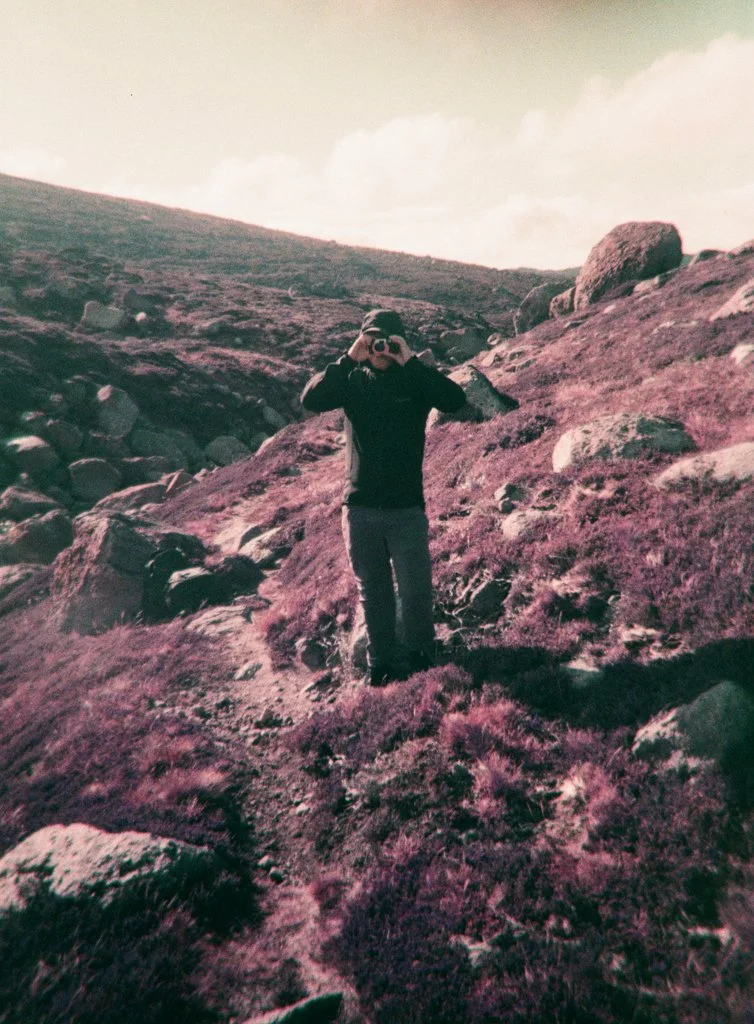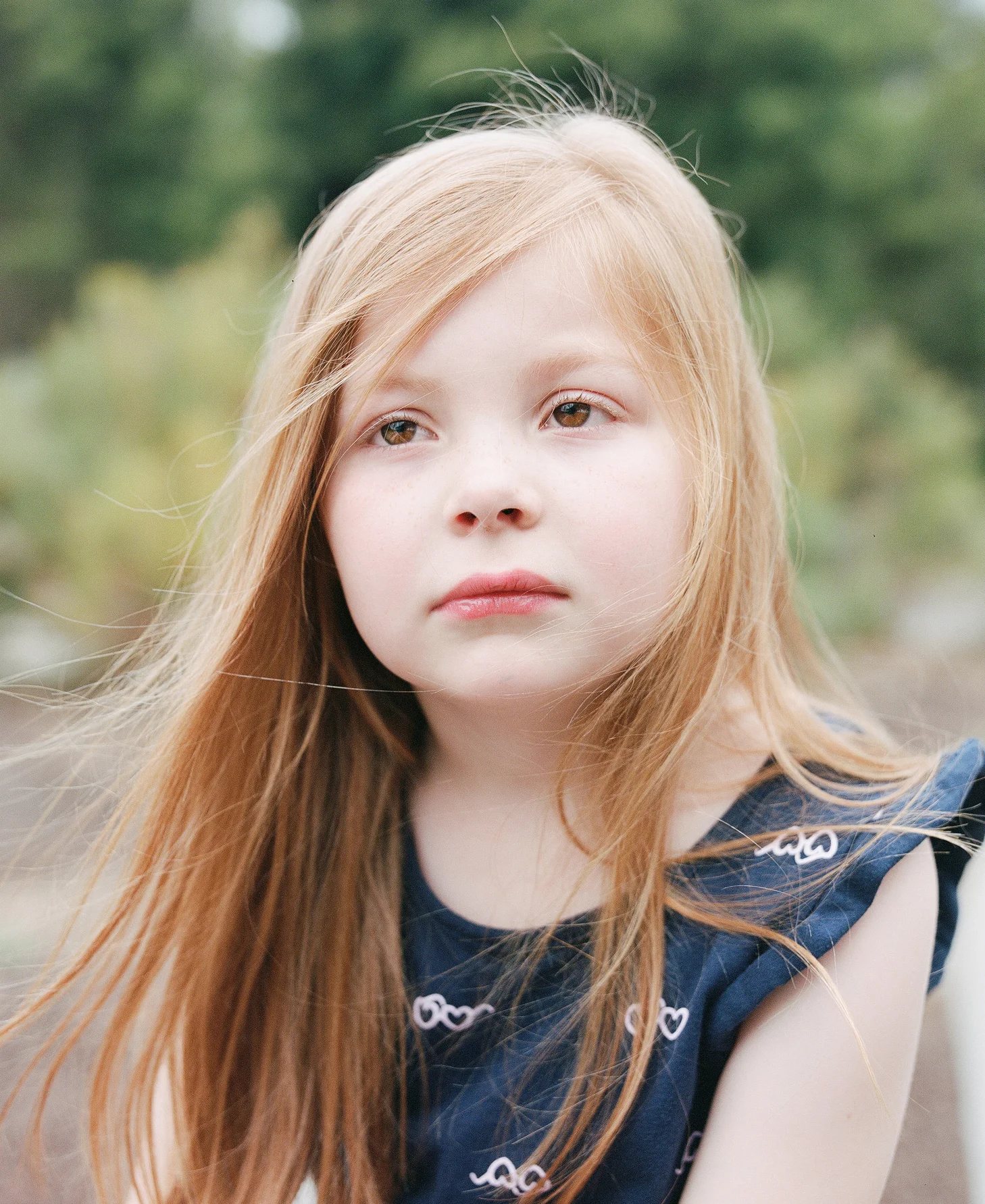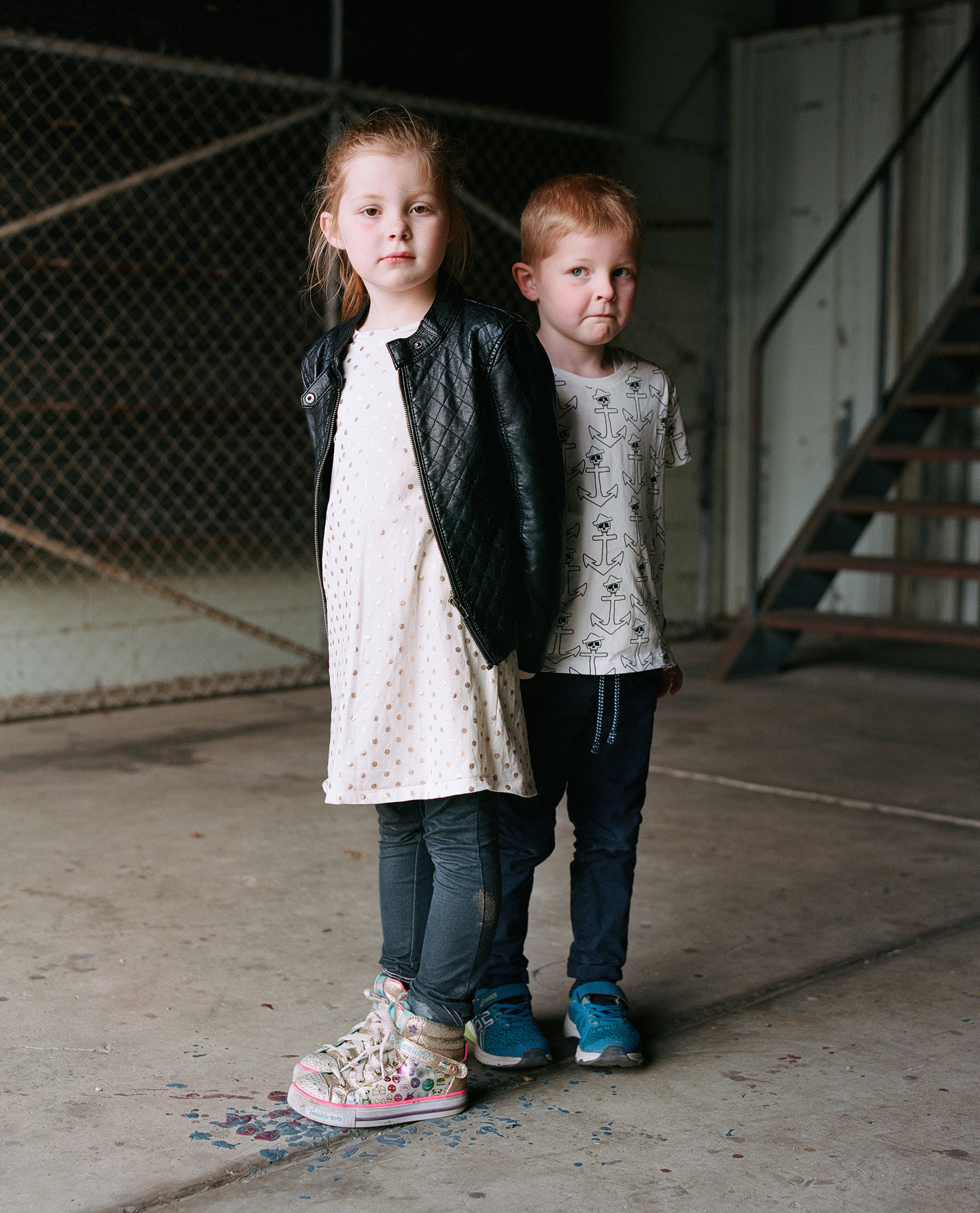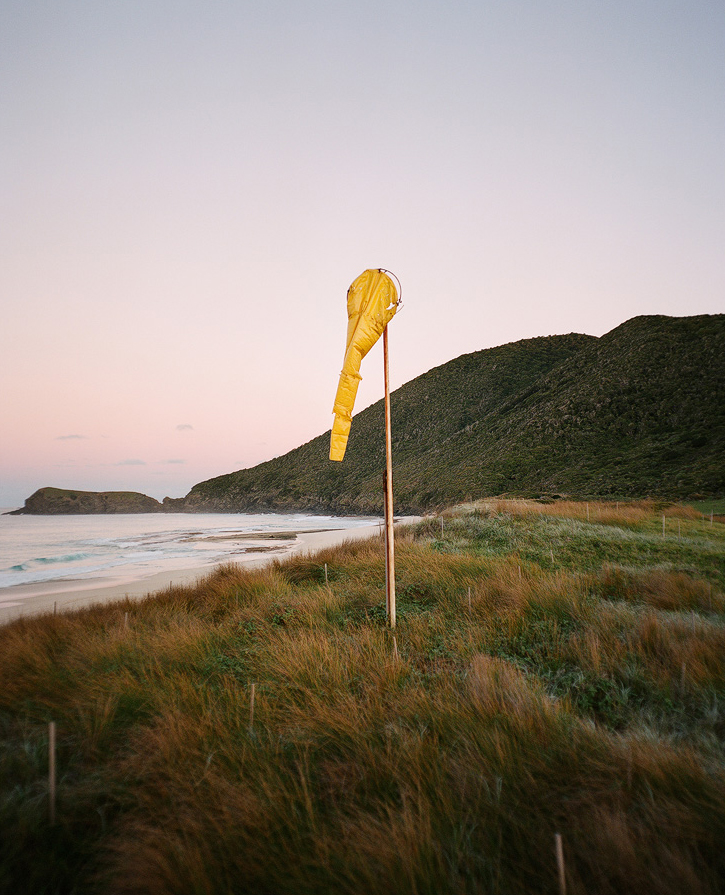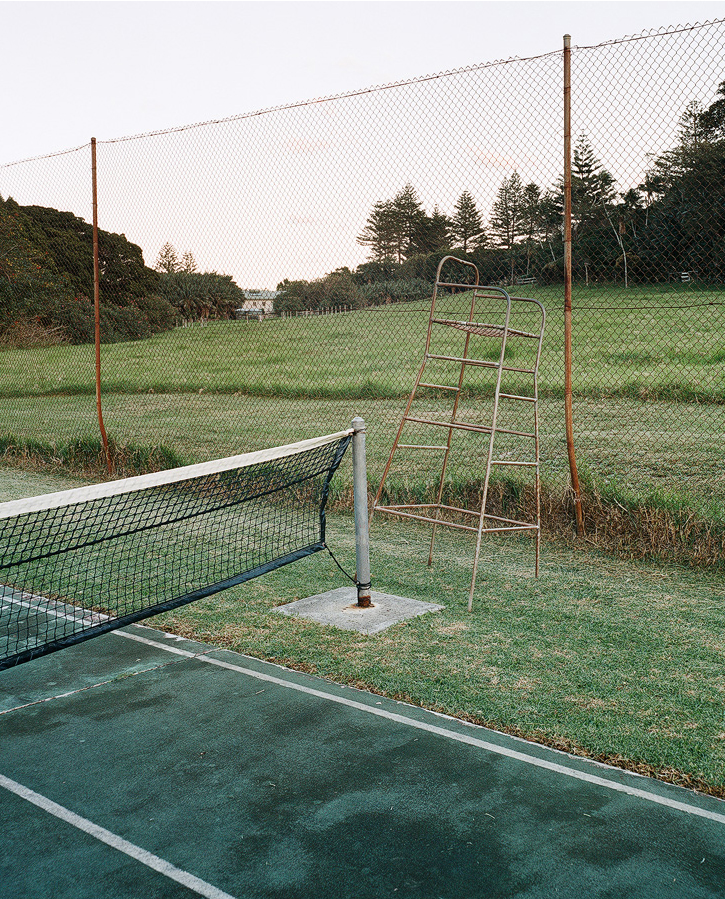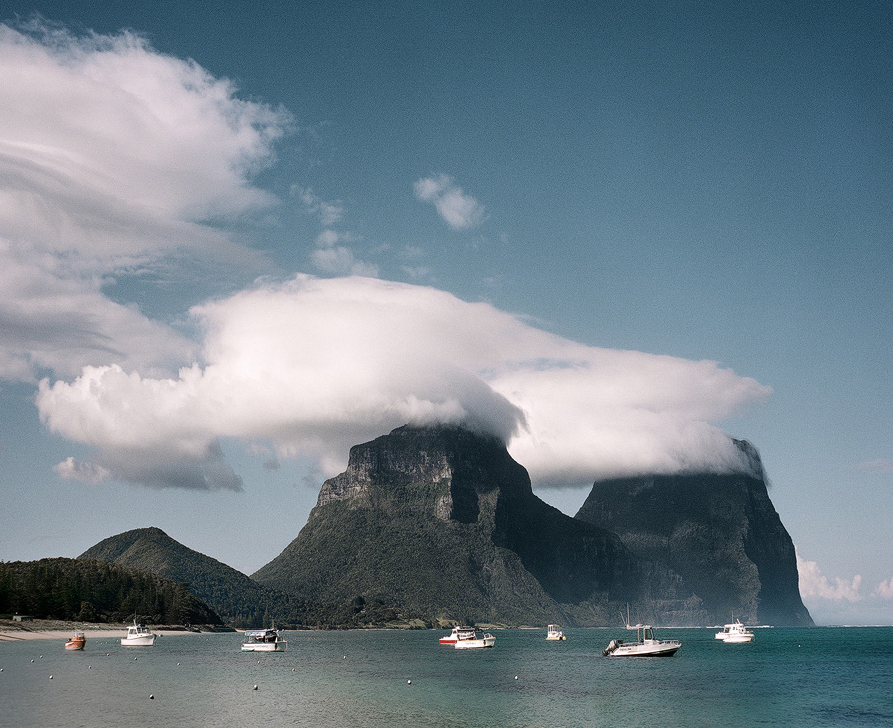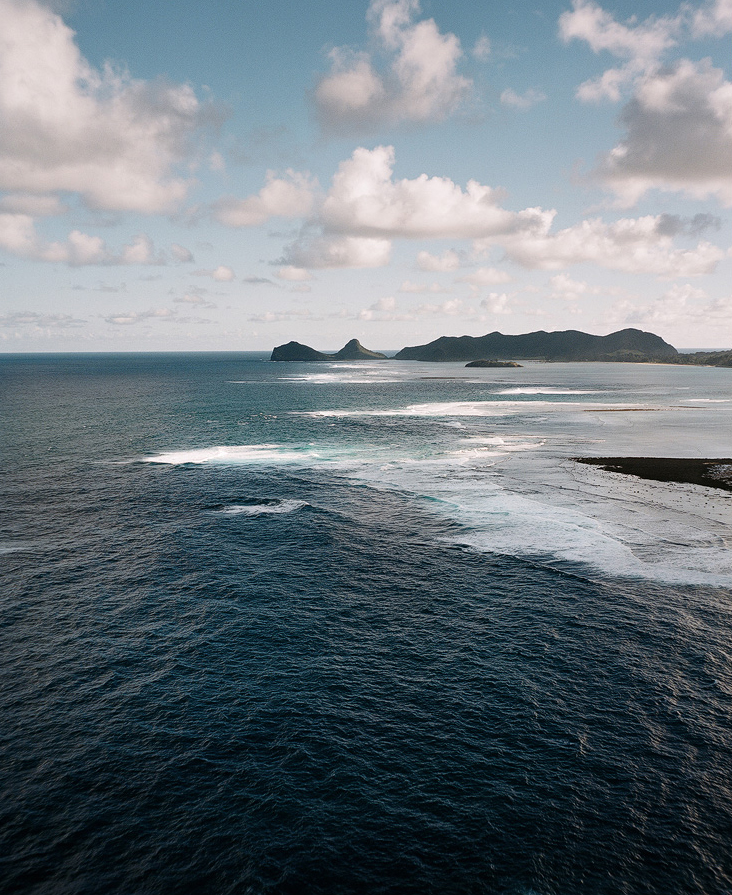Generally, when I go away on trips, I like to take a disposable camera or two. I’ve had a couple in my bag for a few years now, including your usual Kodak Funsaver, a black-and-white Ilford HP5 disposable and a Lomography LomoChrome Purple. I pull them out when I’m bored or maybe see something of interest where I can’t get to my main camera, the Fuji GFX50R.
A image taken with LomoChrome Purple of a glacial lake on the Main Range Track in NSW, Australia.
This is the National Museum of Australia in Canberra I confess I had no idea about until I booked this trip. The architecture is wild, a real photographer’s wonderland.
I’ve spoken about why I like disposables so much before. They are photography distilled down into its simplest form: compose and click. Maybe it’s because I’m a child of the ’80s, but I suppose there’s a certain sense of nostalgia there too. In fact, when I got this latest batch of images back from the film lab, my daughter’s first reaction was, ‘Wow, Dad, they look so retro!’. That’s right, daughter of mine, and for good reason. IG filters need not apply.
But it’s the fun factor of these things that make them so worthwhile. There’s an element of chaos in the way light interacts with the cheap lens and film, the often wonderfully imperfect results you get and that finger you forgot to tuck away in the corner of the frame. The results may not be sharp or technically precise, but I’ve been slowly moving away from sharpness – something I confess became a kind of obsession early on in my photography journey (Marc Adamus sharpening technique, anyone?).
Kata-Tjuta, Northern Territory, Australia
I’ve also been trying to get my daughter, now ten, into photography and these disposables are the perfect gateway drug. Why not a Fuji Instax like every other hip teenager has? Because, like the ubiquitous smartphone, it’s still (almost) instant gratification. With disposables you don’t know what you’re getting until your images come back from the lab, and I think this adds a certain element of suspense and surprise into photography that’s missing in the modern world.
It was a great bonding exercise heading out with our disposables and coming up with compositions and interesting shots together. In fact, some of the shots presented here I really, really like – maybe more so than many images taken with my medium-format digital. There’s an organic, muted quality to them.
Blue Lake on the Tongariro Crossing in New Zealand, though here presented in black and white with an Ilford HP5 disposable camera.
And here’s another view of the same lake, this time taken with a nondescript colour disposable.
It’s been interesting, too, to see how each of these films have created such wild and varying results. Many shots I thought would work perfectly fell flat with Lomography LomoChrome Purple, and many I didn’t think would work at all were great. I made a real effort to use the flash more creatively. That also played into it.
There are plenty of great family photos I won’t share here. The reflect memories and moments in time far better than any smartphone could. I love digital, but I don’t think any film photographer, no matter what they use, would argue with that.
Above is an amusing situation where my friend and I took a photo of each other with different disposables while hiking the Main Range Track in Kosicusko National Park in NSW, Australia. You can really see the LomoChrome Purple at work on the right.
So, if you’re heading out, why not take a disposable with you if for nothing other than B-roll? They weigh nothing, take up little space but can provide joy in the most abstract of ways. I hope you enjoy the images. More below.








